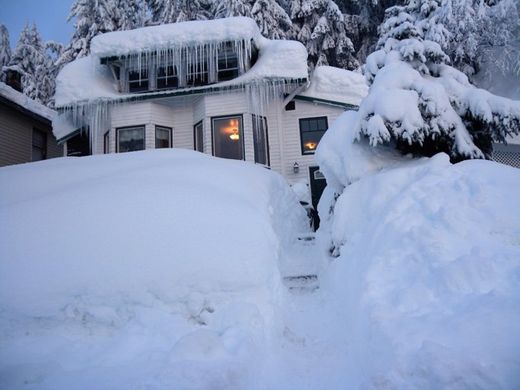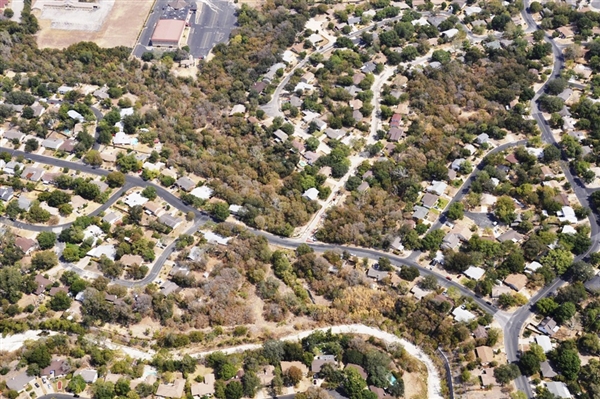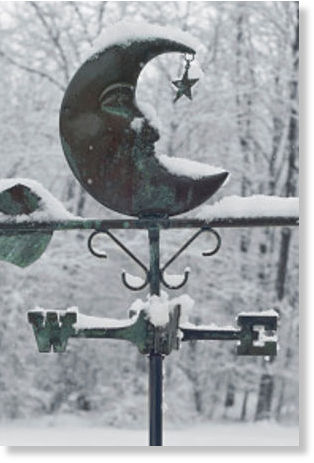
© AP/Erv Pett/Alaska DHS & EMIn this Saturday, Jan. 7, 2012 photo provided by the Alaska Division of Homeland Security and Emergency Management, a house is buried in snow in the fishing town of Cordova, Alaska.
Anchorage - The small Alaska fishing town of Cordova is used to dealing with excessive snow - but not like this. Residents have turned to the state to help them dig out of massive snow levels that have collapsed roofs, triggered avalanches and even covered doors, trapping some people in their homes.
"There's nowhere to go with the snow because it's piled up so high," said Wendy Rainney, who owns the Orca Adventure Lodge. A storage building for the lodge - which offers fishing trips, hiking, kayaking and glacier tours - partially collapsed under the weight of the snow, she said.
"This is more quantity than can be handled."
The Alaska National Guard reported more than
18 feet of snow has fallen on Cordova in the past weeks, although the National Weather Service did not immediately have a measurement.
Officials said at least three buildings have collapsed or partially collapsed and six homes are deemed severely stressed by heavy wet snow.
The city has set up a shelter at a local recreation center, but said people leaving homes in avalanche-risky areas have been staying with other residents. Cordova spokesman Allen Marquette said the town also was ready to set up a pet shelter if necessary.



